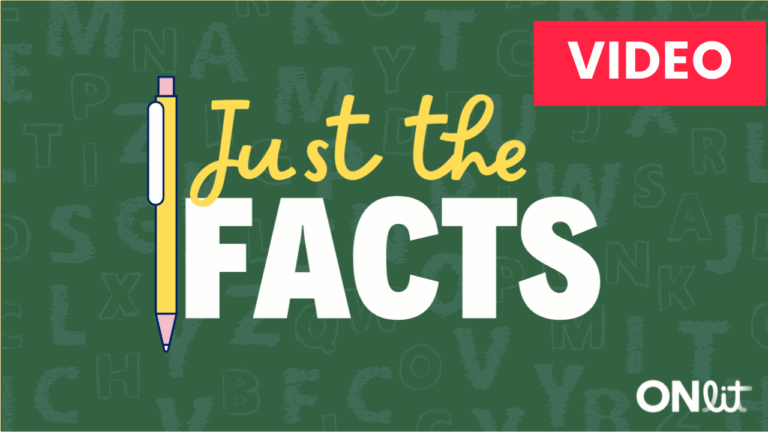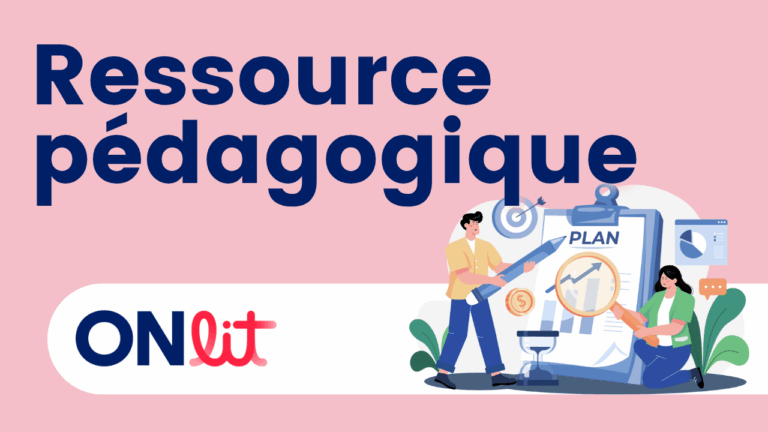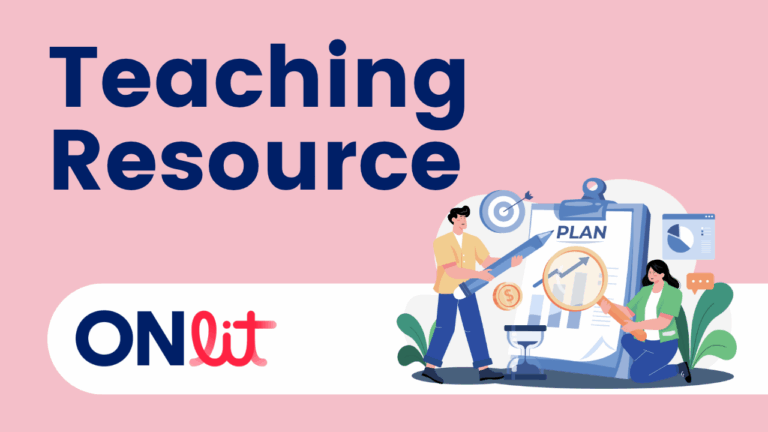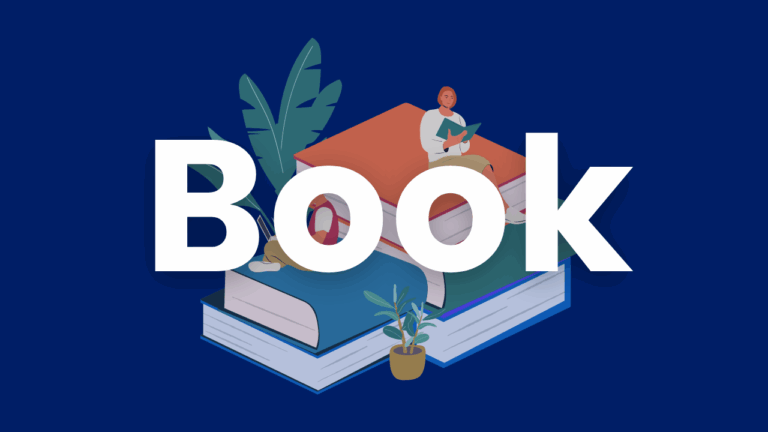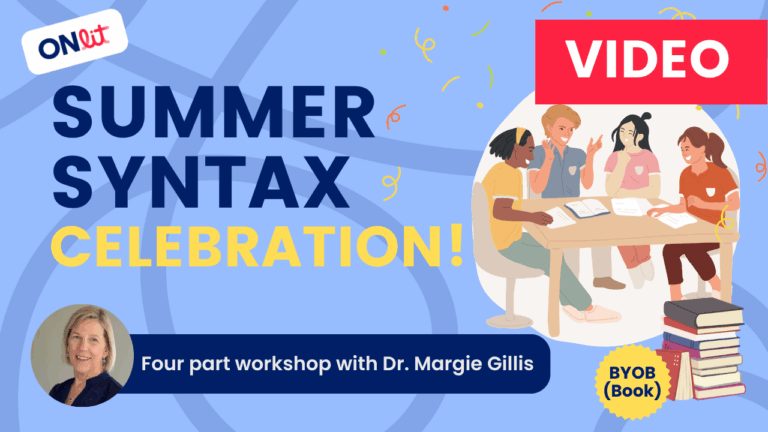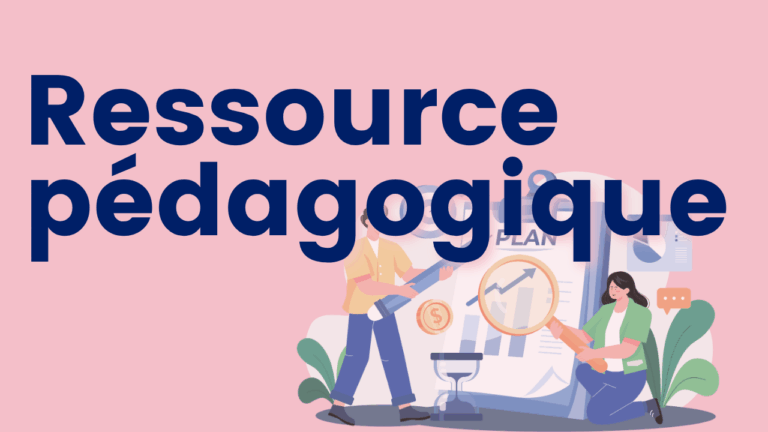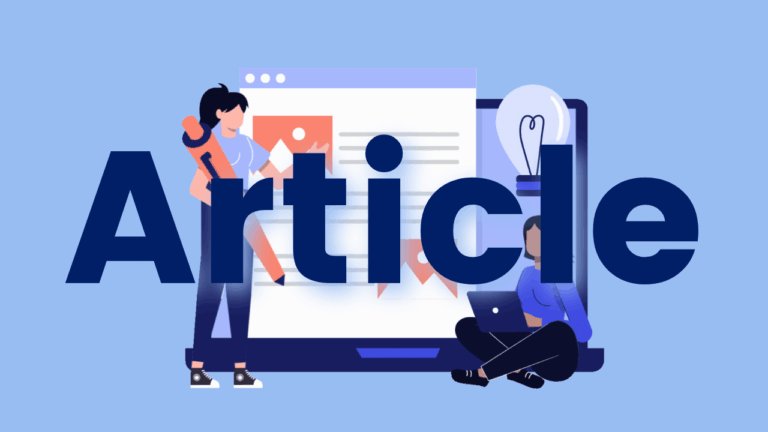Just the Facts
These brief videos are short and sweet – giving you « just the facts » on a variety of topics. From decodable text to the instructional hierarchy, these videos dig into what you « literacy » need to know to get started on your learning!

